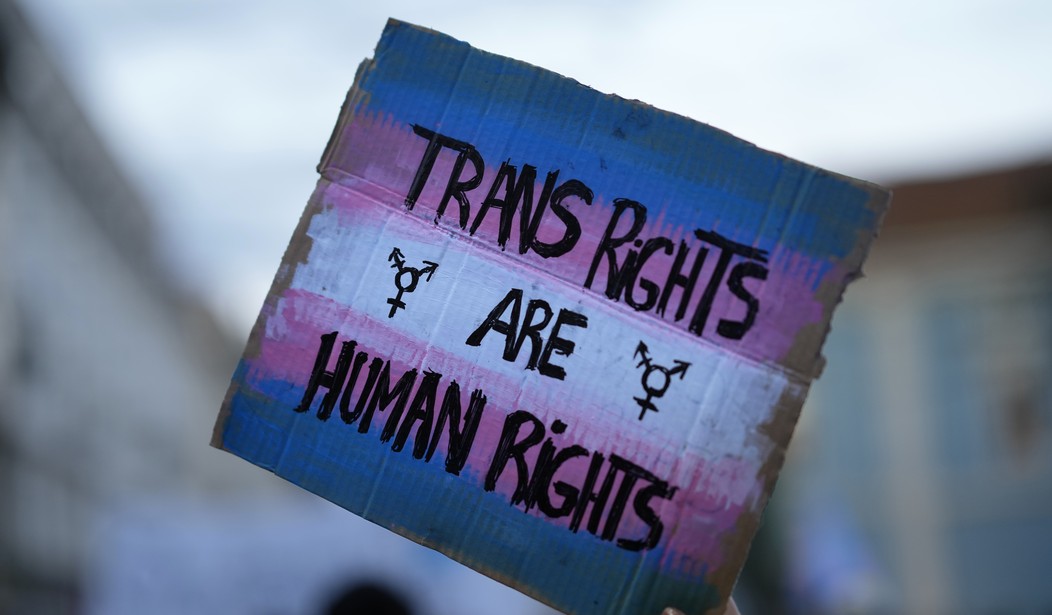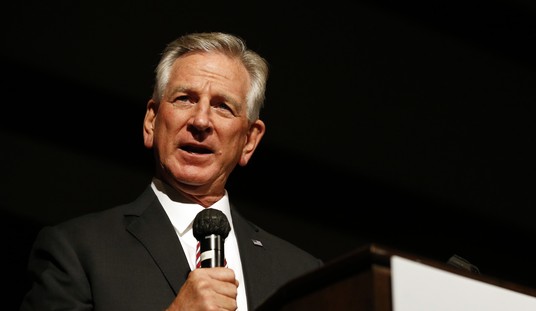According to two CDC health surveys of young adults from 2017 to 2020, about 5% of youths aged 17-24 believe they are transgender or “non-binary.”
That’s more than double previous estimates. Just 0.5% of adults nationwide believe they’re transgender.
There is either a serious epidemic of gender dysphoria that had heretofore been hidden from researchers or cultural changes and peer pressure have led to the explosion in young people identifying as “transgender.”
“Advocates have long known that statisticians have been undercounting the number of trans people in the U.S.,” said Olivia Hunt, policy director at the National Center for Transgender Equality. “We’ve had a lot of lawmakers and policymakers dismiss the needs of trans and nonbinary people.”
"Advocates have long known that statisticians have been undercounting the number of trans people in the U.S.,” said Olivia Hunt, NCTE policy director. "We’ve had a lot of lawmakers and policymakers dismiss the needs of trans and nonbinary people.”https://t.co/IvESEwZPiq
— National Center for Transgender Equality (@TransEquality) June 9, 2022
“Statisticians” are compiling and collating facts. Ms. Hunt is engaging in wishful thinking. For 40 years, researchers studying transgendered people have been trying to figure out how many people are afflicted with gender dysphoria. According to Black’s Medical Dictionary, gender dysphoria “occurs in one in 30,000 male births and one in 100,000 female births.” At those rates, it’s impossible for there to be 1.6 million transgendered people in the U.S.
Even the New York Times acknowledges that the epidemic may be mostly created by young people themselves.
The analysis, relying on government health surveys conducted from 2017 to 2020, estimated that 1.4 percent of 13- to 17-year-olds and 1.3 percent of 18- to 24-year-olds were transgender, compared with about 0.5 percent of all adults.
Those figures illustrated a significant rise since the researchers’ previous report in 2017, though the analyses used different methods.
Experts said that young people increasingly have the language and social acceptance to explore their gender identities, whereas older adults may feel more constrained. But the numbers, which vary widely from state to state, also raise questions about the role of peer influence or the political climate of the community.
Does that include bullying those who refuse to kowtow to the dominant narrative? It’s no accident that only 0.5% of adults over the age of 25 identify as trans — ten times less than the percentage of kids. There is so much more pressure on kids to “conform” by being different. “Coming out” as gay or bi in many teen social groups makes a kid a celebrity.
Dr. Angela Goepferd, medical director of the Gender Health Program at Children’s Minnesota hospital, who identifies as “non-binary,” says most kids who think they’re another gender don’t need hormones or surgeries to “transition” to another gender.
Presumably, all that’s needed are some incantations declaring your switch from male to female (or one of the other 50 genders that are recognized) and a ceremony of some sort — a “gender reveal” party.
Say the magic words and become woman… or man. What amazing times we live in.
“We as a culture just need to lean into the fact that there is gender diversity among us,” Dr. Goepferd said. “And that it doesn’t mean that we need to treat it medically in all cases, but it does mean that we as a society need to make space for that.”
Although the total estimated number of transgender people was small — around 1.6 million people 13 and up, or about 0.6 percent of the population — trans identification in recent years has become political dynamite, driven in part by the rise in minors seeking medical treatments. Republican legislators across the country have sought to prohibit such care by criminalizing doctors or investigating parents for abuse, which professional medical groups have condemned.
Gender Identity Disorder is a genuine psychiatric condition and has been recognized as such for more than 40 years. Those afflicted with this disorder are not to be envied. Suicide rates among those suffering from gender dysphoria are ten times those of the general population.
Dr. Goepferd is no doubt aware that “gender reassignment” surgery doesn’t work for patients suffering from gender dysphoria. Suicide rates and depressive mental illness are just as prevalent as they are for patients who do not seek surgery.
That’s why the good doctor now advocates a magical transformation to another gender. Nothing is too ridiculous for this movement of tragically mentally ill people.










Join the conversation as a VIP Member